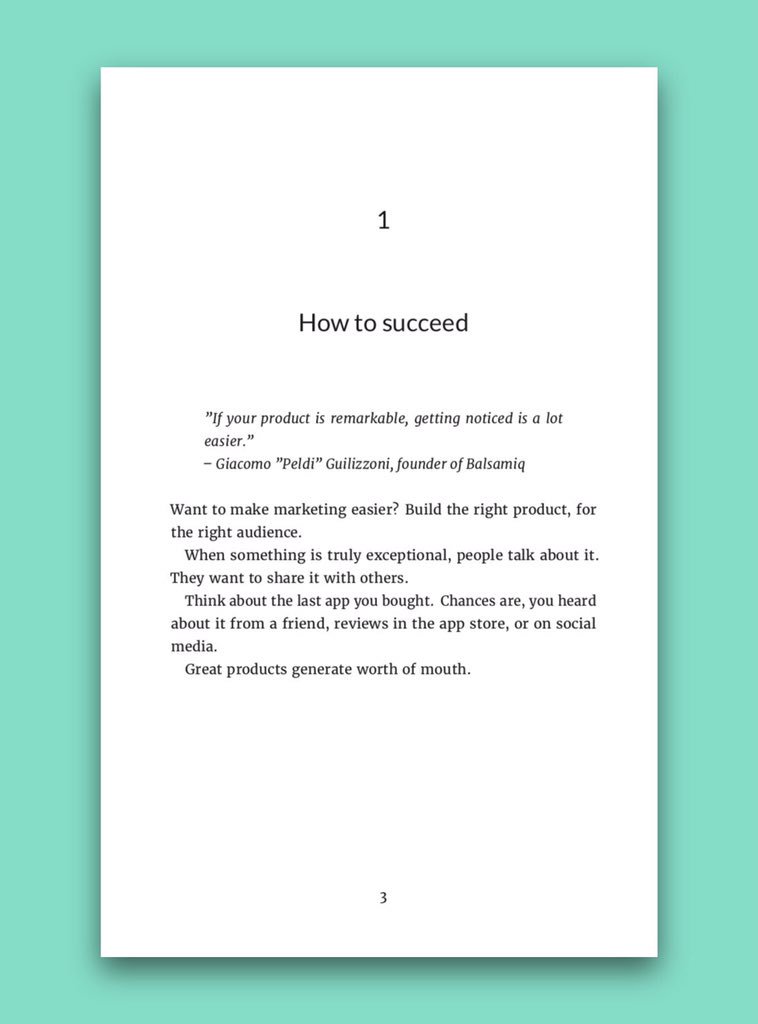1. Choosing the right market
2. Building something they want
"If your product is remarkable, getting noticed is a lot easier." – @peldi



Might be good to do some marketing at some point too :)
— Ruben Gamez (@earthlingworks) February 17, 2019
It's ALWAYS the product. How many AMAZING products didn't get great marketing?
— noah kagan (@noahkagan) February 18, 2019
9-5s aren\u2019t the problem
— Hustle Smarter \U0001f4b8 (@Hustle_Smarterr) September 26, 2020
Letting them be your only income stream is
The biggest asset you\u2019ll ever have is yourself
— Hustle Smarter \U0001f4b8 (@Hustle_Smarterr) September 26, 2020
Invest in it wisely
18-25?
— Hustle Smarter \U0001f4b8 (@Hustle_Smarterr) September 27, 2020
Now is the time to take risks and improve
Don\u2019t waste this time
What would you say to someone who feels \u201clost\u201d?
— Hustle Smarter \U0001f4b8 (@Hustle_Smarterr) October 7, 2020
On a serious note, it's interesting to observe that you can build a decent business charging $20 - $50 per month for something that any good developer can set up. This is one of those micro-saas sweet spots between "easy for me to build" and "tedious for others to build"
— Jon Yongfook (@yongfook) September 5, 2019